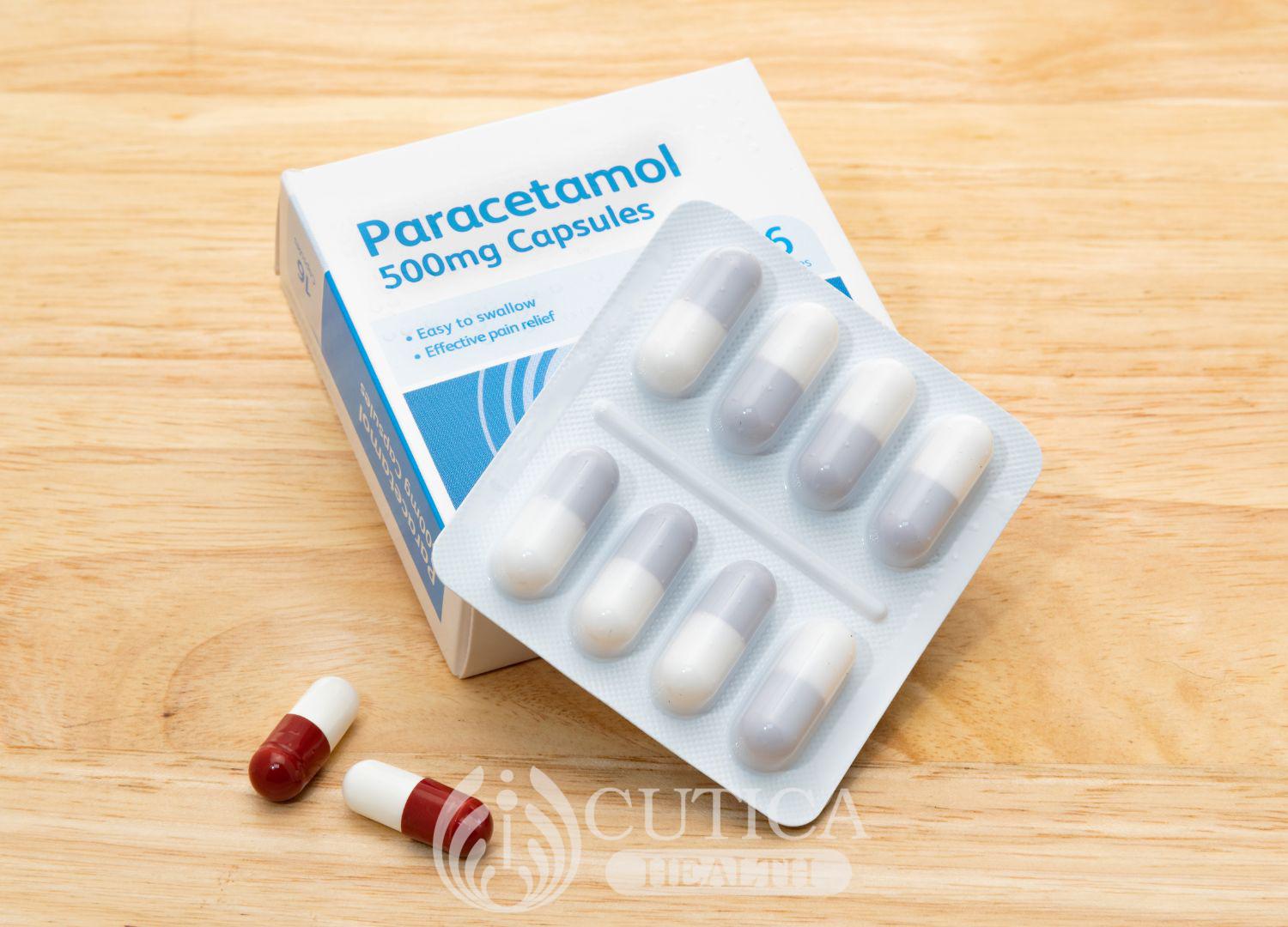
“Daddy has been rushed to the hospital,” Laide alarmed. He had taken many tablets of paracetamol to help with his headache, but after a few hours, he started writhing in pain, holding his stomach. Doctors, after examining and carrying out some blood work, told them that he had overdosed on the over-the-counter painkiller, paracetamol.
Paracetamol is a very common an analgesic or painkiller. It can be purchased over the counter, without a doctor’s prescription, suggesting that it is easily accessible. Although paracetamol may seem to have a good safety profile, if consumed in excess, also causes dangerous complications.
How do people overdose on Paracetamol?
The recommended daily maximum dosage for Paracetamol is 4 grams, which is equivalent to eight 500 milligram tablets spread out throughout a 24-hour period – usually 2 tablets every 6 hours. The safe dose is much lower for treatment in children and depends on their age and weight.

Paracetamol overdose can occur in the following situations:
- In the context of self-harm or with the intent of getting symptom relief fast, using large amounts within an hour
- Consuming larger doses in a day than what’s recommended
- Having liver or kidney problems, which means even normal doses could be very high as the body is slow to remove them
- Mixing paracetamol with other medicines indiscriminately, including alcohol, anti-seizure drugs, and some TB medicines that can also affect the liver.
Symptoms of Paracetamol Overdose
The symptoms of paracetamol overdose depend on the amount taken, and they occur in stages, which include the following:
- Initially, there might be no symptom at all or simply abdominal pain, feeling sick, and vomiting
- Later, abdominal pain becomes severe, and it comes with yellowness of the eyes, which suggest the liver is being damaged by the overdose. This may be followed in the next days by confusion and disorientation, from the effect of the overdose on the brain
- Inability to make urine, due to kidney damage
- Reduced blood sugar
- Coma and death

Treatment of Paracetamol Overdose
The outcome following Paracetamol overdose depends on how much Paracetamol was ingested, how early treatment was sought, and if one has other medical problems. The risk of severe complications increases with larger doses consumed and a very close interval of each other.
However, treatment includes the following:
- Intravenous fluids for rehydration and to increase the elimination of the drug from the body.
- Medicines for low blood pressure and liver failure
- Administration of N-acetylcysteine, a Paracetamol antidote, reversing some of its actions in the body.
- Anti-sickness medicines to prevent vomiting
- In severe cases associated with severe liver damage, liver transplant may be considered.
Paracetamol is a very common painkiller, available in all forms, including suspension, syrups, suppositories, and tablets. While it may be easily obtained, it could come with severe complications, including liver damage and death, if consumed in large amounts. Ensure you take Paracetamol as prescribed and inform your doctor if you want to discuss better pain control options.












